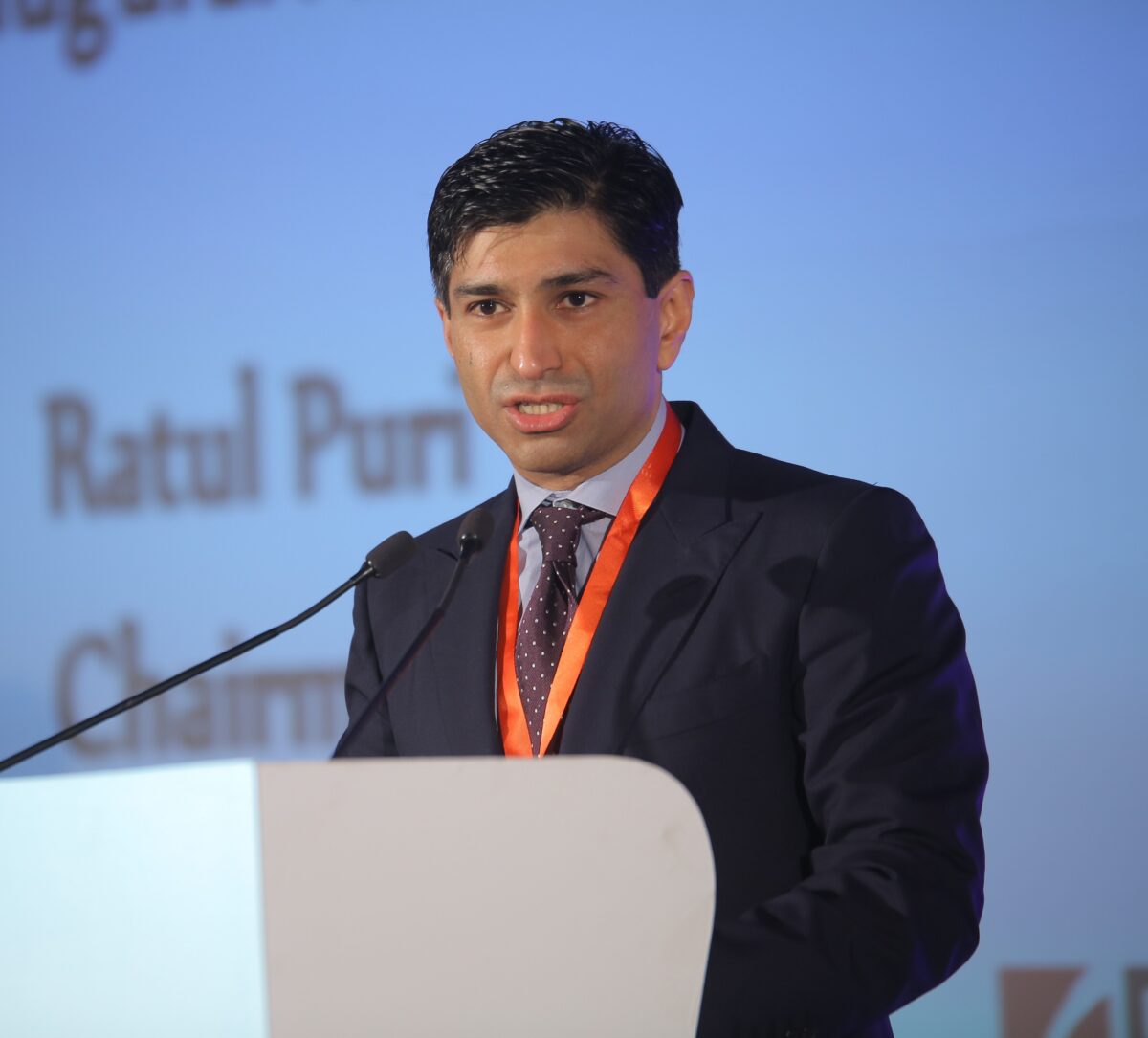India’s power sector has been taking big strides towards sustainability in the past decade. Having added over 175 GW of generation capacity in nine years, it has moved from a power-deficit stage to a power-surplus state. The distribution losses of Discoms have reduced from around 21% to 16%.
On the one hand, India has connected around 2.86 crore households with electricity; on the other, it has focused strongly on leveraging renewable and alternative sources of electricity. Consequently, 43% of the country’s total installed capacity is generated from renewables. Backed by the impressive growth, India today stands 4th globally with regards to renewable energy installed capacity.
Walking the talk
The country’s sustainability intent for the future is reflected by its commitment to the world at COP26, which includes building 500 GW of power generation capacity through non-fossil energy sources. It also includes that the country would be meeting 50% of the energy requirements through renewable energy by 2030.
Having rolled out various policy measures and programs, such as permitting 100% FDI in renewable energy, launch of rooftop solar programs like PM Surya Ghar Yojna, development of solar parks, and introduction of the inclusive green energy corridor initiative, India is walking the talk with regards to clean energy transition.
The opportunity
Beyond intent and action, India does have a huge responsibility to manage and an opportunity to capitalize upon. With UN Secretary General António Guterres recently warning the world about the high possibility of missing the 1.5oC target, achieving sustainability goals is of critical importance for every country. India has been doing comparatively better in this regard and can play a leadership role.
Amidst the largest economies in the world, which comprises the G20, India is included under ‘insufficient’ category by Climate Action Tracker in its ‘fair share’ analysis of country’s policies against Paris agreement commitments along with US, Japan, South Africa, and Germany. The other 15 countries are included in “highly insufficient or critically insufficient” categories. The categorization shows that while India is doing more than the rest of the world on the climate front, there remains a lot to be done.
Challenges
Considering energy demand in India doubled between 2000 and 2020 and is set for a tremendous surge to the tune of 73 exajoules (EJ) by 2050, we really have to focus on achieving sustainable energy security for decades to come. This systemic transformation won’t come merely with government directives or policy measures but would warrant a mindset change towards sustainability. This is because going by its sheer size and the staggering demand for energy, India would have really connected, complex challenges to manage and mitigate in the next three decades. Like any other nation, India’s sustainability strategies are too vulnerable to complicated global geopolitics, conflicts and other uncertainties.
India has to amplify power generation through clean energy sources, modernize the national grid to support bi-directional flow of electricity, and implement net-metering systems across the nation. It also needs to backward integrate renewable energy value chain and develop make-in-India capabilities for manufacturing the essential range of products to build energy solutions. More importantly, it needs to make clean power, renewable energy technologies, clean energy solutions, and other supporting products and services accessible and affordable to people.
Clean energy financing should be evolved to empower the common people and aid them through the transition. Integration of efficient and smart technologies across sectors, in urban/rural planning, and creating smart manufacturing and production hubs would be also required. The transition to decarbonized transport systems and sustainable mobility will also put tremendous strain on power generation and inflate energy demand. The transition will also require huge capacity development and upskilling of human capital.
Initiating a mindset change for sustainability
Clean energy security lies at the centre of the entire transition to sustainability. A sustainable and clean energy secure India would need a mega collaborative effort from all stakeholders, including the industry, the allied partners, the policy makers and financial institutions, as well as the people. But first, India’s energy sector needs to be at the forefront of initiating a mindset change for sustainability to drive a systemic transformation of the sector. Mindset is essentially a value system ingrained in people.
To drive sustainability, socially conscious and transformational leadership values need to be adopted, promoted, and imbibed across the leadership and the larger group. This change will require us to understand the mindset that is currently predominant in our culture, and by way of sensitization, education and setting examples, we can bring about a systemic transformation. A changed mindset will bring about clarity in vision, determination in intent, and decisiveness in action, making way for transformative systems.
We need to seed the value of transitioning to a sustainable ecosystem within the energy industry community and amongst the people. For in a democracy like India, the collective will of people can achieve just about anything.
Ratul Puri is chairman of Hindustan Power Group, which has commissioned India’s first solar power plant of 5 MW capacity and Asia’s first solar power plant of 30 MW. Hindustan Powerprojects has built a portfolio of 4 GW capacity in thermal and solar power in various countries including Germany, United Kingdom, Japan, Italy and South Korea.
The views and opinions expressed in this article are the author’s own, and do not necessarily reflect those held by pv magazine.
This content is protected by copyright and may not be reused. If you want to cooperate with us and would like to reuse some of our content, please contact: editors@pv-magazine.com.








By submitting this form you agree to pv magazine using your data for the purposes of publishing your comment.
Your personal data will only be disclosed or otherwise transmitted to third parties for the purposes of spam filtering or if this is necessary for technical maintenance of the website. Any other transfer to third parties will not take place unless this is justified on the basis of applicable data protection regulations or if pv magazine is legally obliged to do so.
You may revoke this consent at any time with effect for the future, in which case your personal data will be deleted immediately. Otherwise, your data will be deleted if pv magazine has processed your request or the purpose of data storage is fulfilled.
Further information on data privacy can be found in our Data Protection Policy.